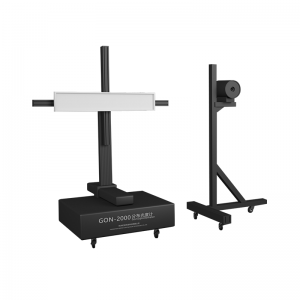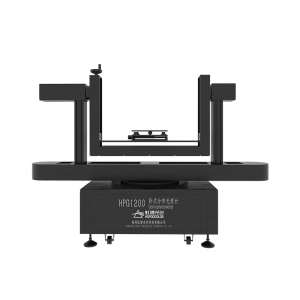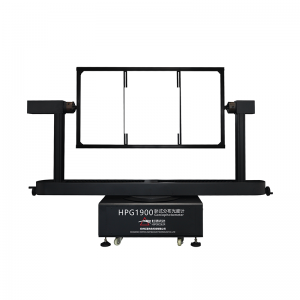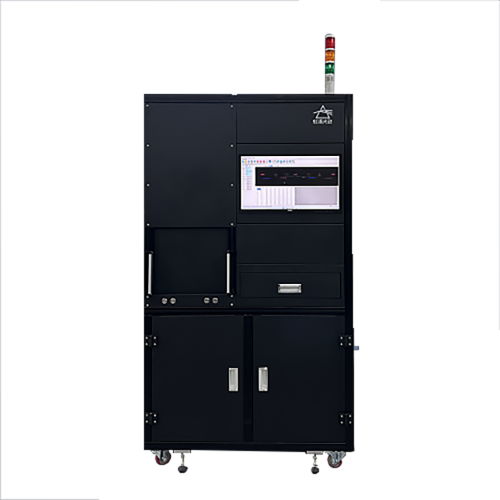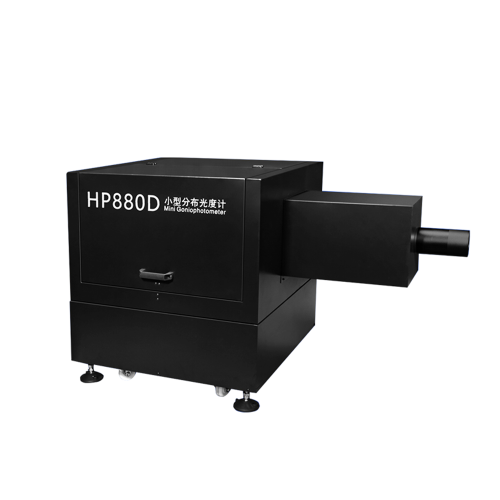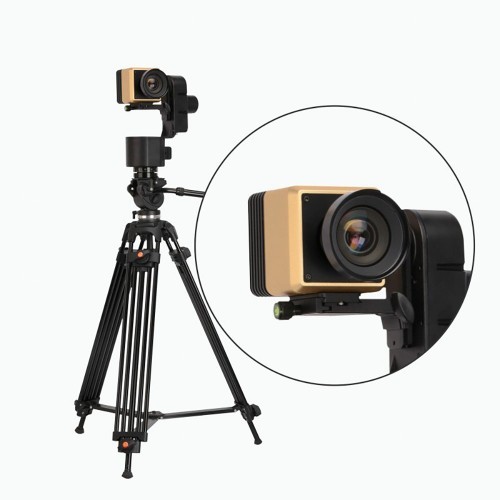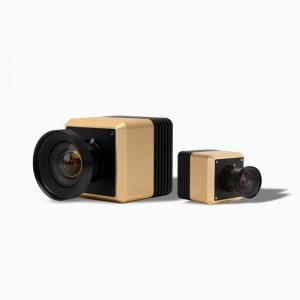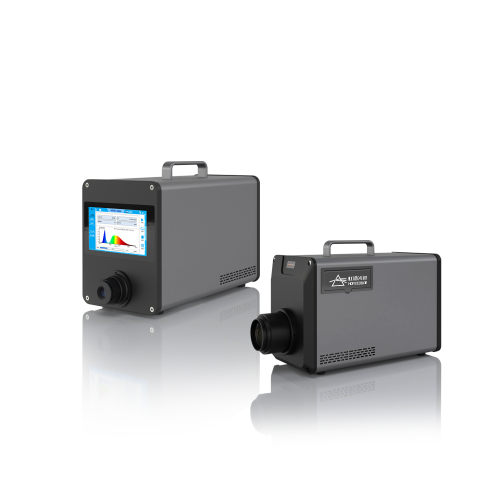A survey of 1,000 adults showed that 77% of respondents believe that workplace lighting affects their productivity, 33% said it is important to get natural light, and 32% said they are willing to help Work under artificial lighting to increase productivity. The survey also shows that 31% of respondents thought that lighting was very important when creating a relaxed and quiet atmosphere before going to bed, while 38% thought that the morning bedroom lighting would makes them energetic.
In fact, in Europe, people pay more attention to lighting than we think. The European Lighting Association believes that lighting systems, better light quality, people-oriented and sustainable development are the driving forces behind the growth of the European lighting market. Human lighting has been used in commercial and home lighting applications such as offices, schools, restaurants, etc., and has made greater progress in the healthcare environment. For example, specially designed LED lighting helps reduce the number of patients with mental illness. Dependence, improve dementia care, etc.
Emphasizing the high-light quality and spectrum close to natural light, and the integration of humanized intelligent control technology, coupled with human-induced lighting for human-induced engineering, is becoming a future trend. So, as the most important item in human lighting, how does lighting affect our sleep? This has a lot to do with our perception of light color.
First, the non-imaging reaction of light color through the retina is affected by the intrinsic photosensitive retinal ganglion cells (ipRGCs) intrinsic Melanopsin, external rods (Rods) and cones (Cones, red). After being adjusted by green and blue, it is converted into a signal and transmitted to the brain.
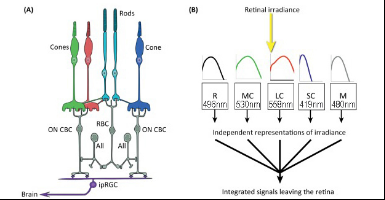
When the brain receives the signal, the five photoreceptors respond to the sensitivity of different light bands according to their respective photoreceptors (R-bar optic; SC cone protein; MC cone protein; LC cone protein; M melanin). Weighting the calculation and taking the illuminance value to quantify the effect of light on the biological rhythm.

Melatonin, which we are all familiar with, is also known as sleep hormone. It dominates the body's biological clock. It is secreted less during the day, keeping the body awake; it is secreted at night, making people feel tired and sleepy. Melanopsin is responsible for non-visual function adjustment, such as the biological clock, the release of melatonin. Therefore, the intensity of light is strong and the color temperature affects people's circadian rhythms, hormone secretion and other external behaviors. This is the biological principle that light therapy can effectively mediate depression, sleep disorders and other phenomena.
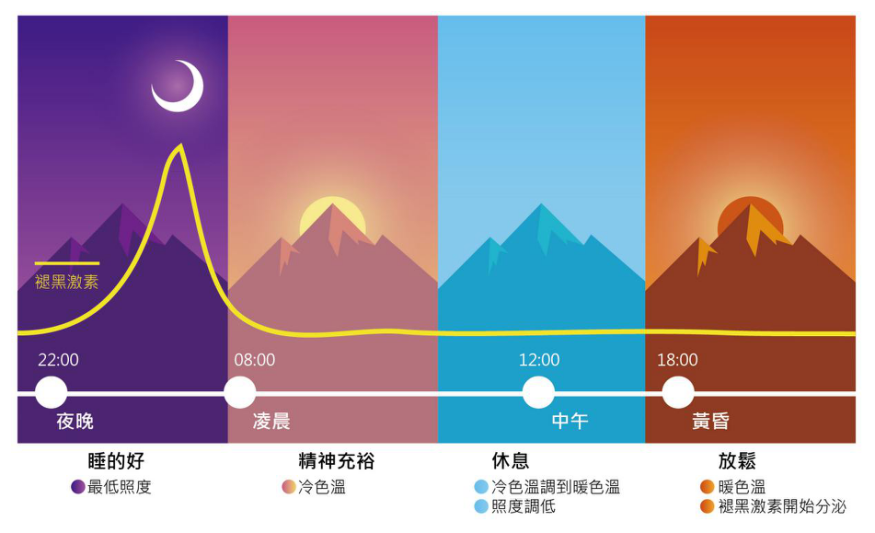
So, how can we quantify these photoproteins so that we can detect them? In fact, the five sensitizing pigments mentioned above have corresponding illuminance parameters. By detecting the illuminance values, we can quantify the effects of illumination on human physiology. One of the most important points is the impact on sleep.
1. Melanopic Lux: A light measurement that quantifies the degree of stimulation of the light response of Melanopsin by the light source. The higher the number, the less melatonin is secreted and the more difficult it is for people to feel tired.
2. MEL Daylight Lux: This parameter simulates the CIE D65 daylight to calculate the "most suitable for sunlight" indoor lighting environment. If the space designer wants to create a full spectrum of daylight, it is recommended to refer to this value.
3. SML cone & R rod illuminance (Cyanopic, Chloropic, Erythropic, Rhodopic lux): This parameter quantifies the ambient light source through photoreceptor cells to analyze the effects on organisms. Generally used in health care professional applications, such as ophthalmology research.
4. Melanopic Ratio: This parameter reflects the relationship between Melanopic Lux and Photopic Illuminance. When the value is higher, the stronger the light intensity inhibits Melanopsin, the less the melatonin secretion, and the more awake the person is.
